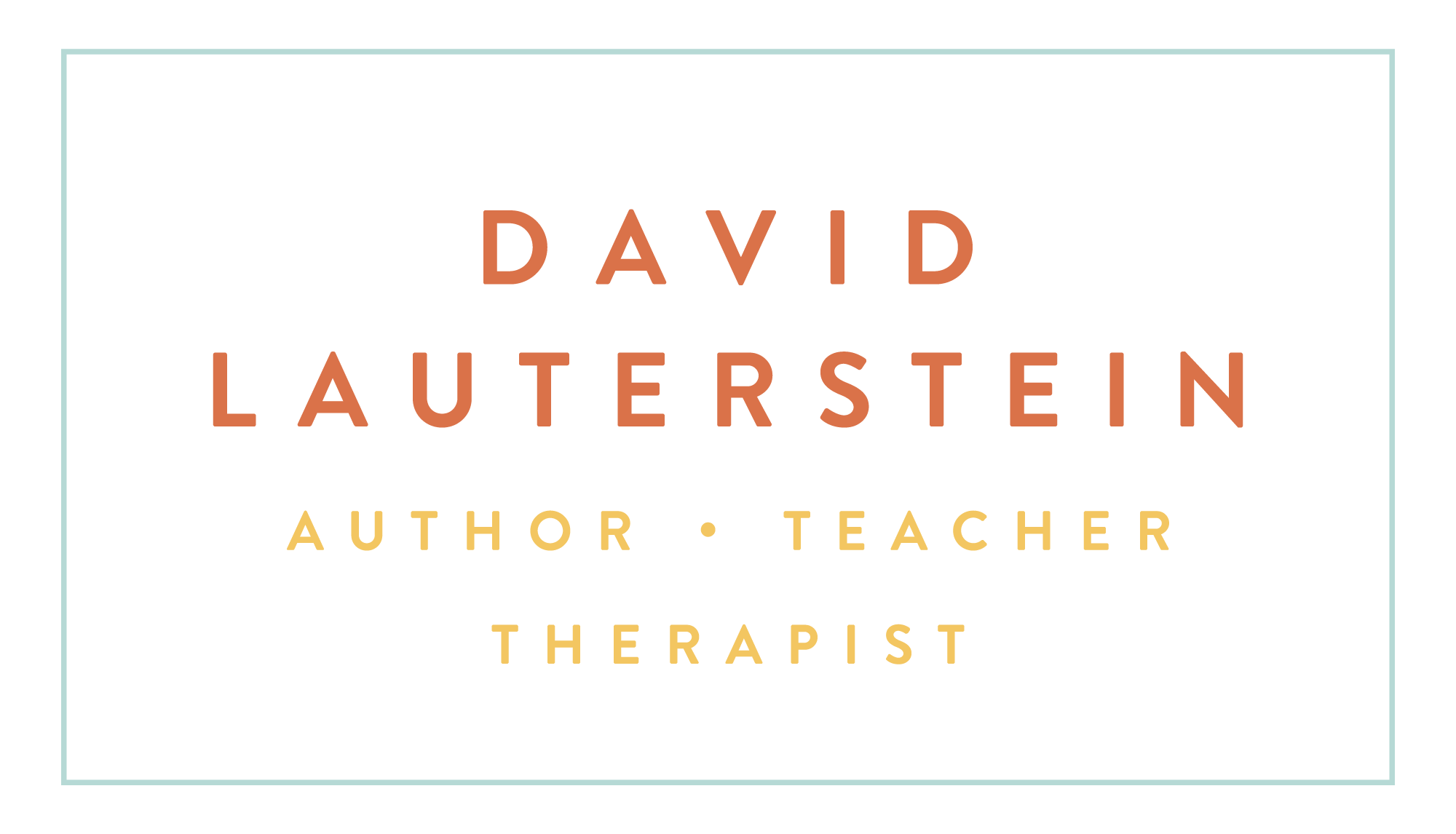For this fulcrum you will use your ulna just distal to the elbow. As you are standing at the side of the table facing the lower legs, you will usually use the arm nearer the head (i.e. right arm on the left leg and vice versa). This stroke involves active movement by the client.
Read MoreTrue story. Over 30 years ago, when I was just getting to know the person who I later married, Julie Harper, we spent an afternoon walking through an art museum here in Austin, Texas. I already had a very positive sense of her – she was funny, smart, pretty, interesting and kind.
Read MoreFor this fulcrum you will work with the heels of both hands together. The direction will be from lateral to medial. You will be working along the lateral margin of rectus femoris and across its belly. The structural objective will be create more freedom of movement between vastus intermedius and rectus femoris. The impact is amplified if you involve the client’s active movement.
Read MoreFor this fulcrum, you will be using primarily the same side hand as the side of the client with whom you are working. You will work with your loose fist while your other hand supports the leg. (Variant: you may choose to ask the client to interlace his/her fingers beneath the knee and actively stretch as you do this technique).
Read MoreThe lower legs lead to the thicker muscles and tendons of the thighs. Here our roots become our trunks. And like the lower legs, the thighs call for understanding, compassion, and nurturing. Ever notice how children running around seem to gain energy from running? Unfortunately, as we age, often the sheer joy of running, leaping, spinning around, escapes us, much to the detriment of our legs and our whole body and spirit.
Read MoreTime is what we are made of – in addition, of course to space. Ida Rolf noted “gravity is the therapist” – meaning we derive the sense of balance from our relationship to gravity in space. To say that “time is the therapist” is equally true. Of course we already say “Time is the great healer” – meaning superficially that, given the right amount of time, things will tend to heal themselves.
Hands touching places never touched.
Forearms with a river flowing between two bones.
Panning for the gold in your hands,
I find reflections of everyone you’ve been –
Gather the lower corners of the draping and tuck then underneath the knee of the upper leg. With these in place, pull the drape up so that you can work easily and clearly with the side of the pelvis and thigh. You will use either the loose fist or ulna just beneath the elbow. For the body right side up, your primary working tool will be the left fist or forearm. The stroke’s direction will be superior to inferior. You will be working from immediately beneath the iliac crest to the greater trochanter.
Read Morehis technique is a series of fulcrums into the deep lateral rotators. Each, with the exception of the last, is done with the knee flexed to approximately 90 degrees. So, facing the client’s left side, the left hand (particularly the supported middle phalanx of the index finger) will be the primary working tool and the right hand will mobilize the leg. The stroke direction is, within a somewhat small area, medial to lateral – gently but firmly stretching the deep muscles and fascia.
Read MoreLike a pear in underwear,
I run from spine to thigh.
Wondrous sacrum to greater trochanter go I.
Normally, no one knows I’m there.
1. It gives us forward propulsion – think of the rear of horse or lion or a great sprinter. With gluteus maximus, the FORCE will be with you!
2. It is, in many cases, a wonderful, captivating shape! This should not be controversial to say!
Read MoreThis stroke involves two passes up the inner thigh. The first is done with the loose fist, specifically with the row of knuckles at the end of the first phalanges. The work will be from just above the adductor tubercle on the medial epicondyle of the femur to an inch or so inferior to the pelvis.
Read MoreOne of the hardest muscles to visualize is the adductor magnus. It originates along the bottom of the pubic and ischial ramus of the pevlis as far back as the ischial tuberosity. The adductor magnus has perhaps the widest expanse of insertion of all the muscles of the body.
Read MoreWhen I touch the ribs of time in your life
Arising from your lovely chest, church’s eaves
Sing to the sky, ascending birds free of strife
Sunward heart’s hope, updraft of colored leaves.
Who took the first breath?
And who the last?
Who knew first the plants’ generosity
Enlivening the animal world?
Skin remembers how long the years grow
when skin is not touched, a gray tunnel
of singleness, feather lost from the tail…
If you love the body you must know the bone
that ribs and peoples it; deeper than flesh you feel
the beauty. That will last, simply as stone
upheaves in season where the winter rain
rakes asters and drooping cornstalks from a hill.

